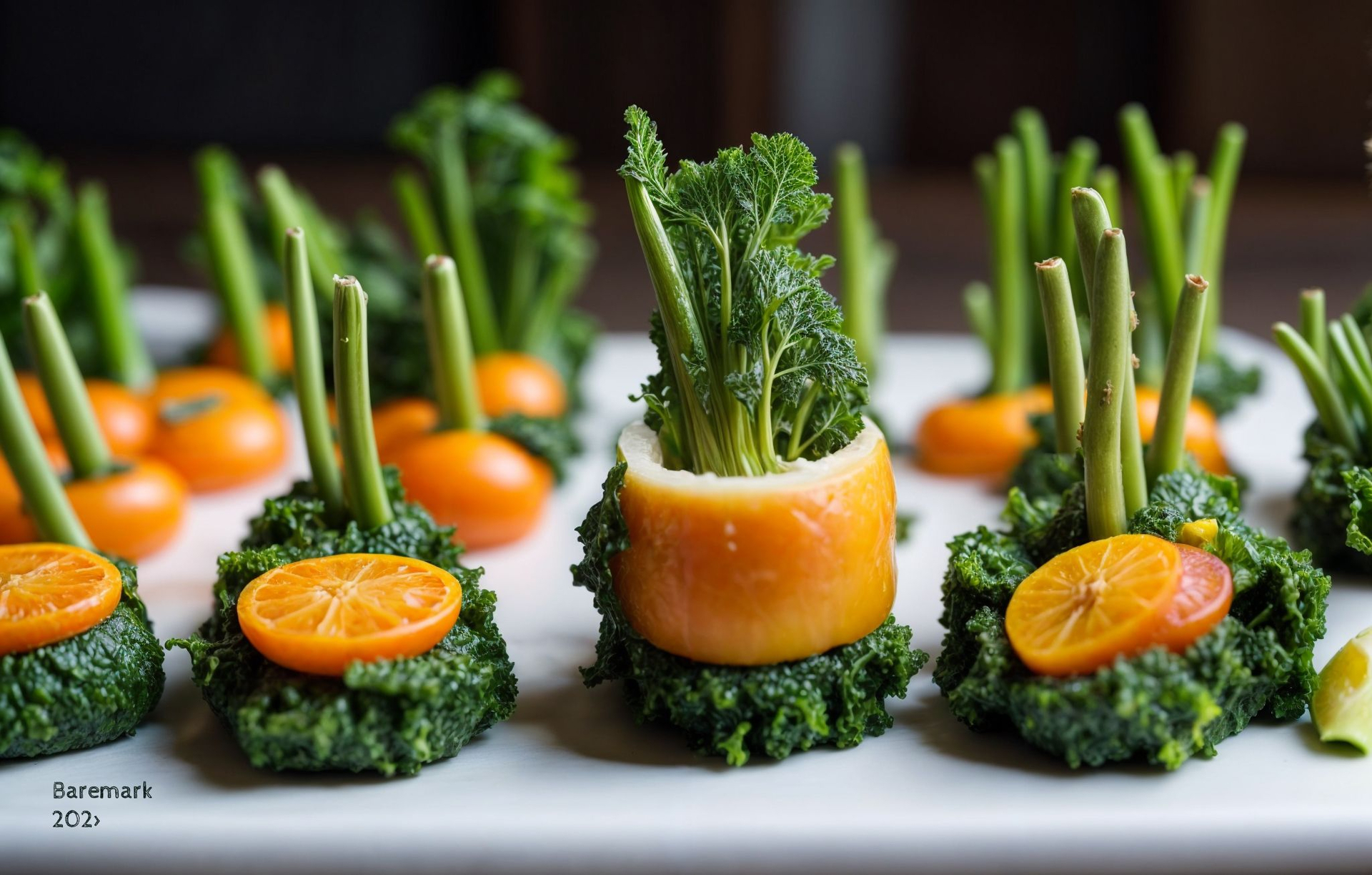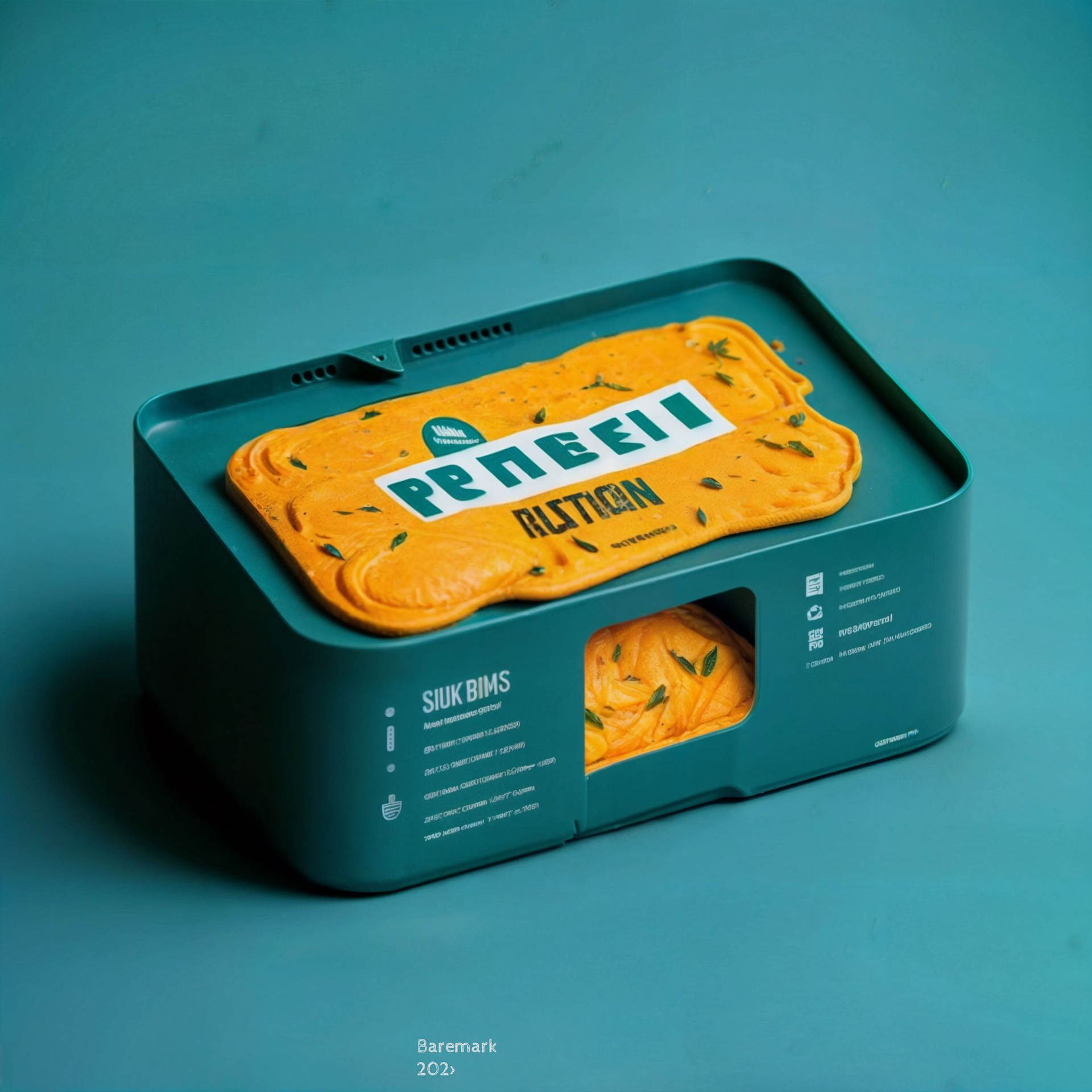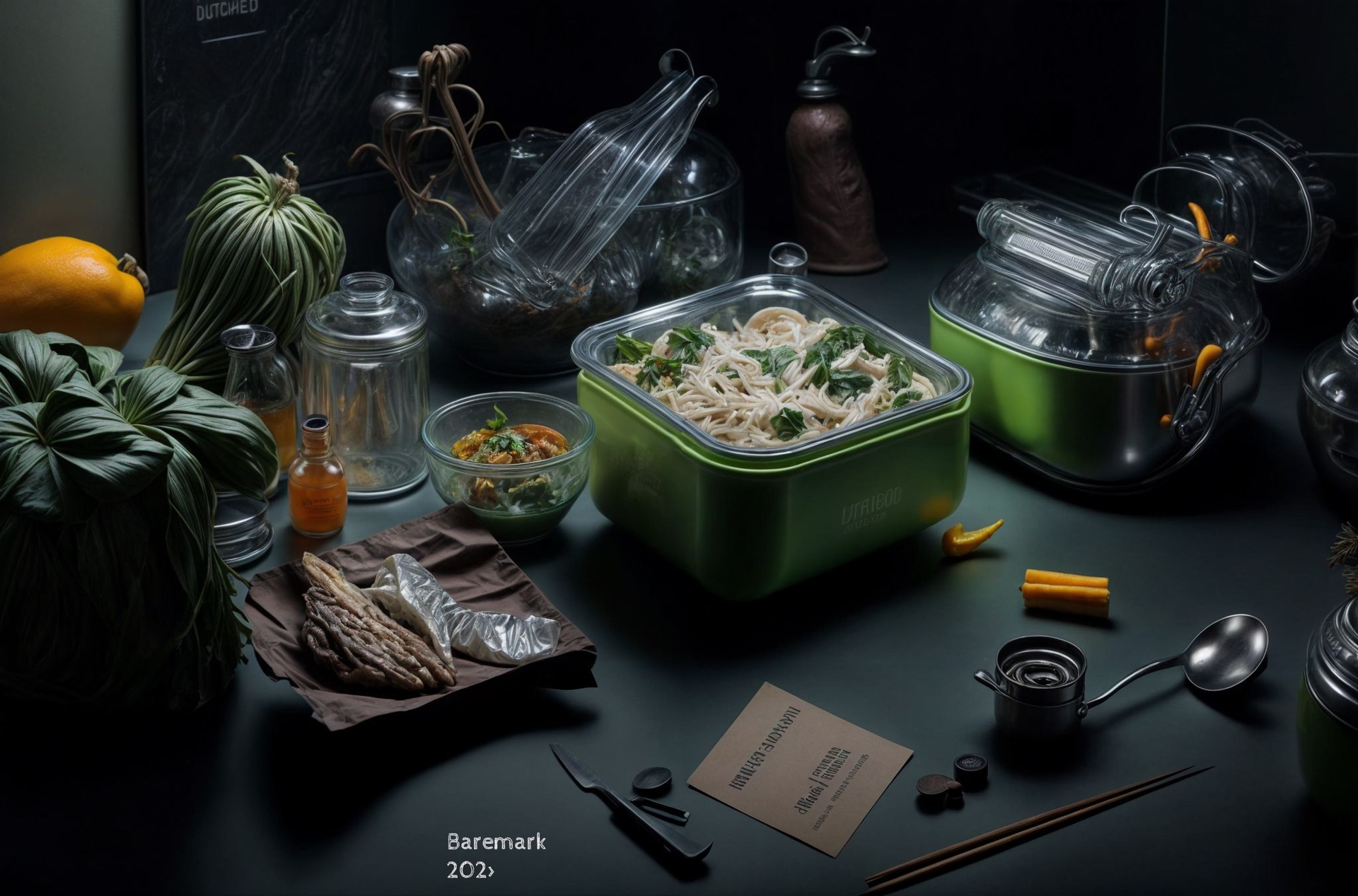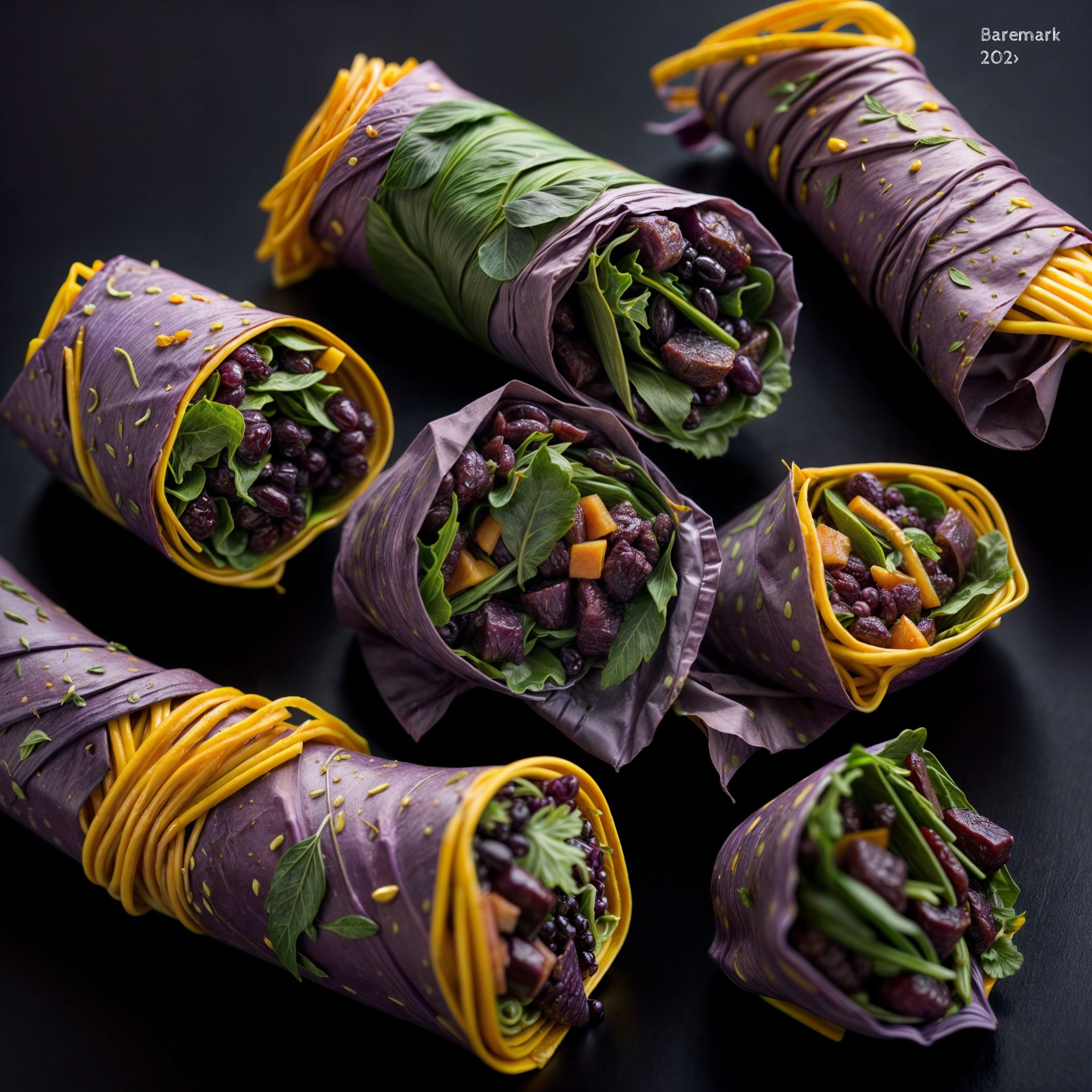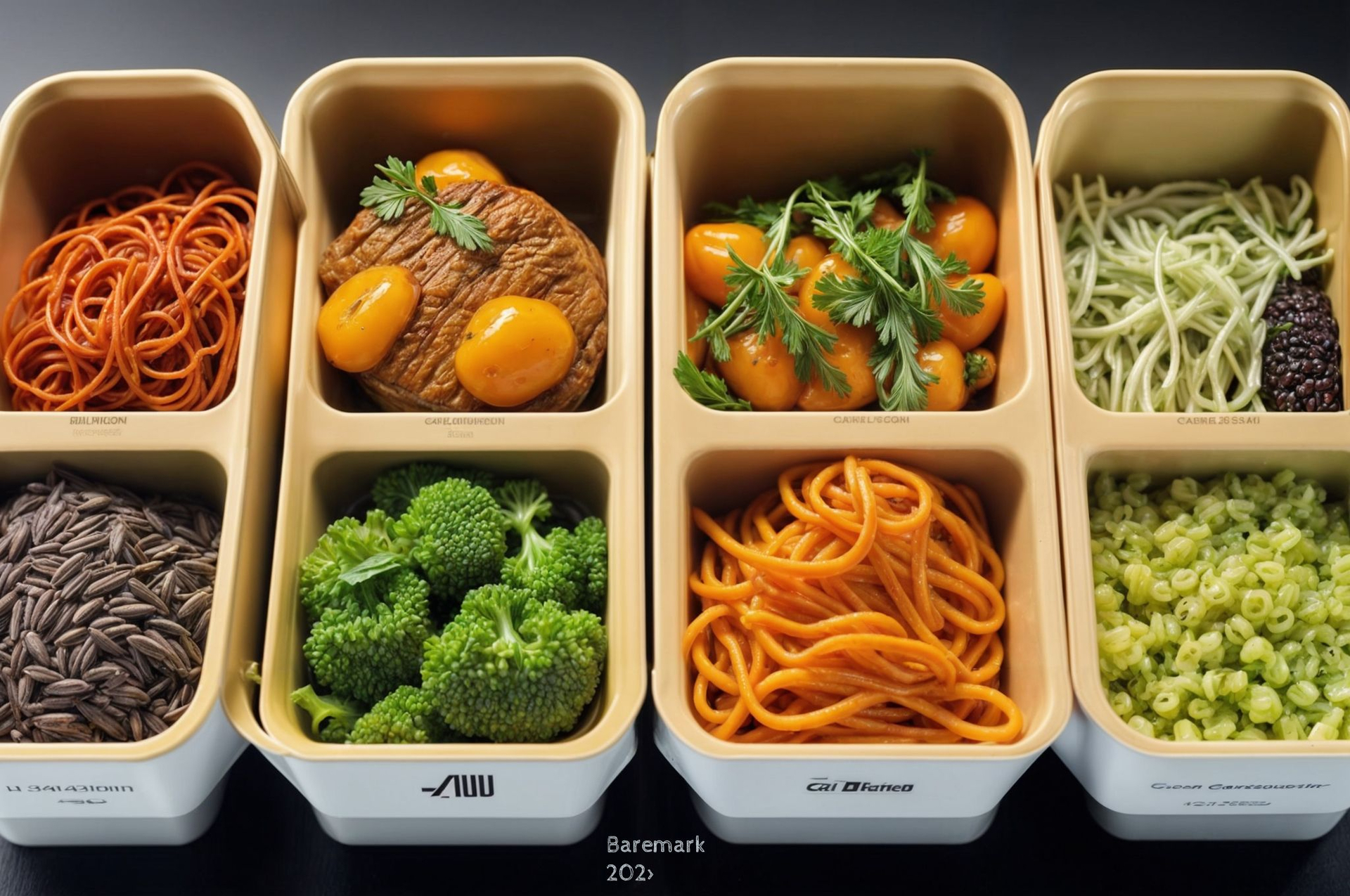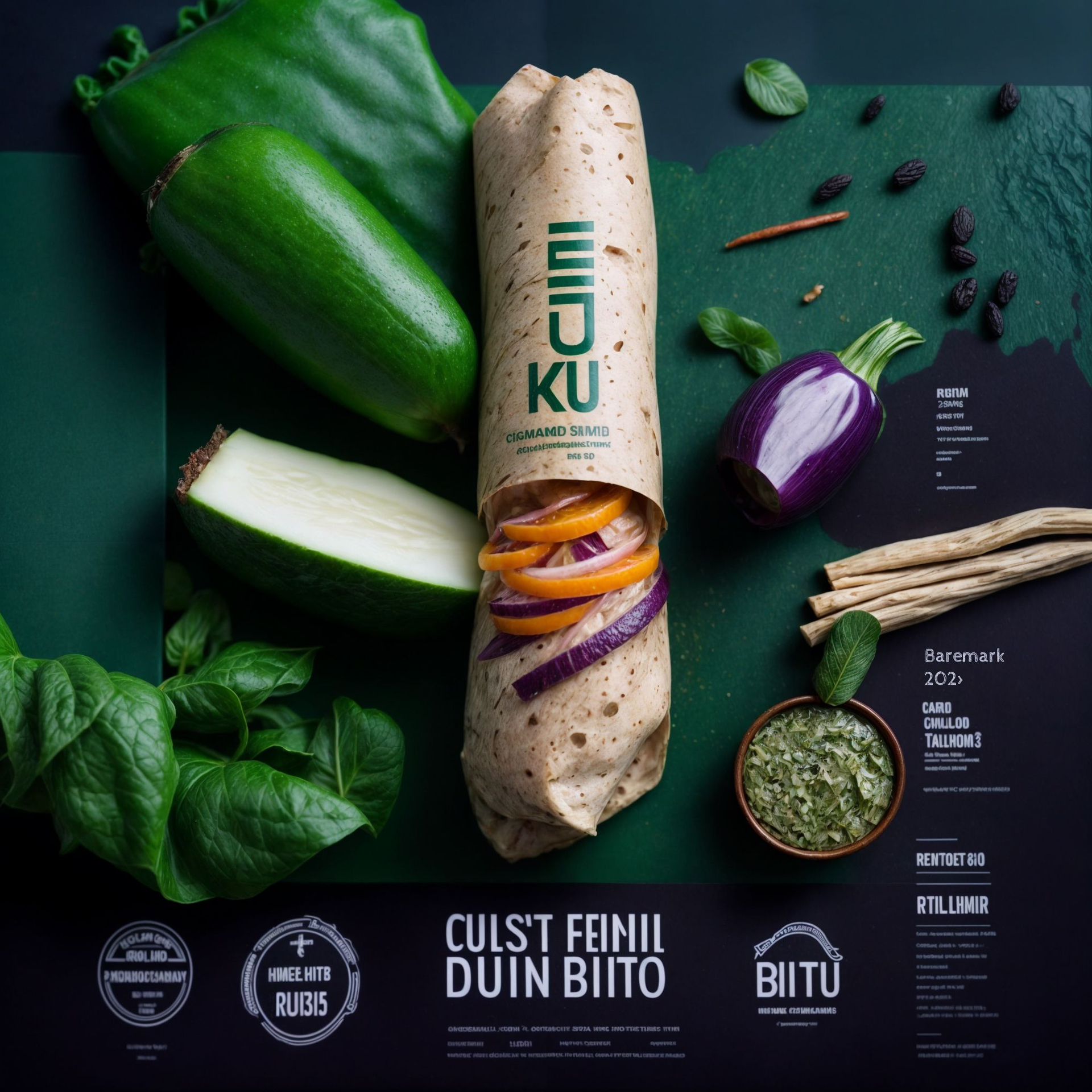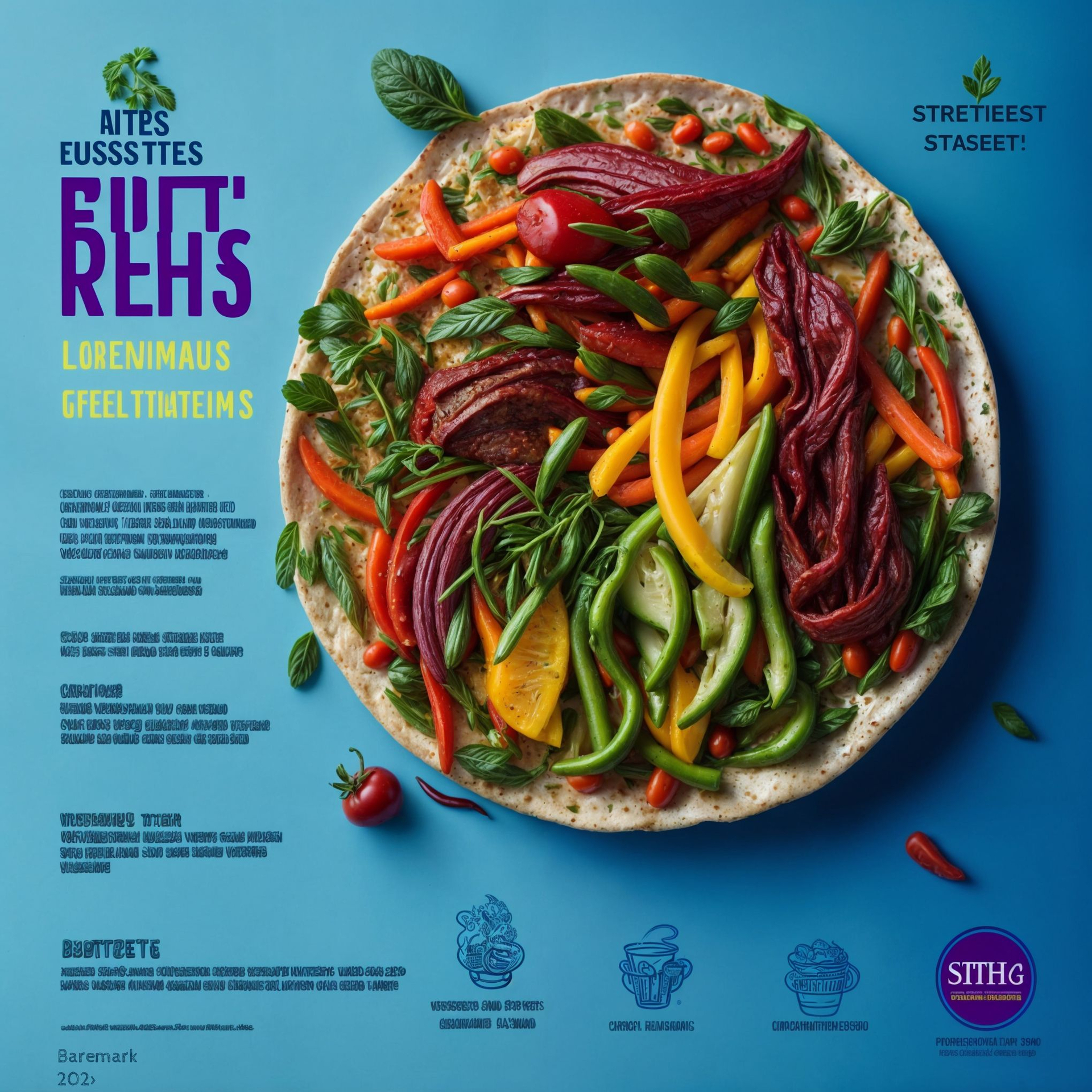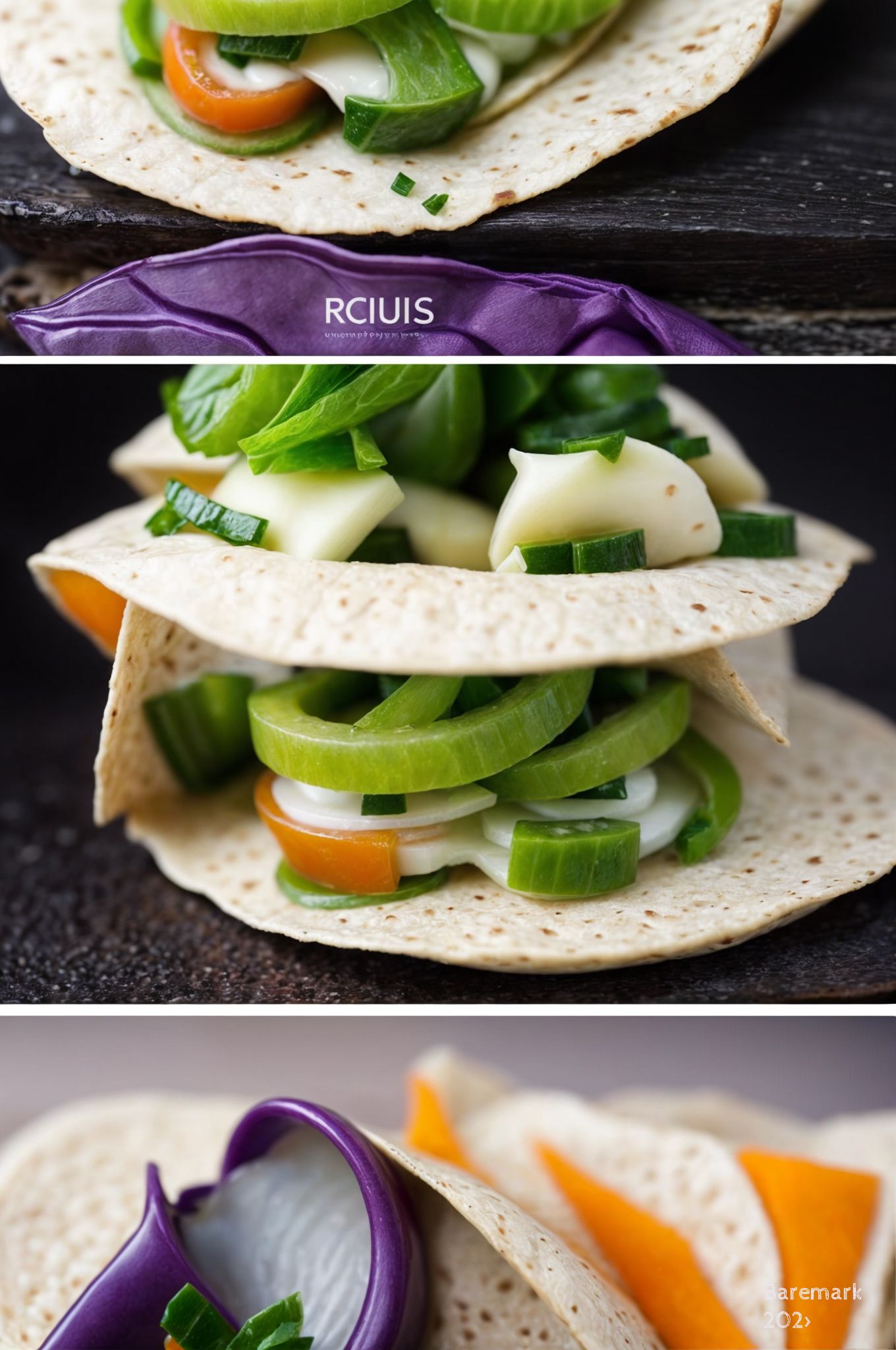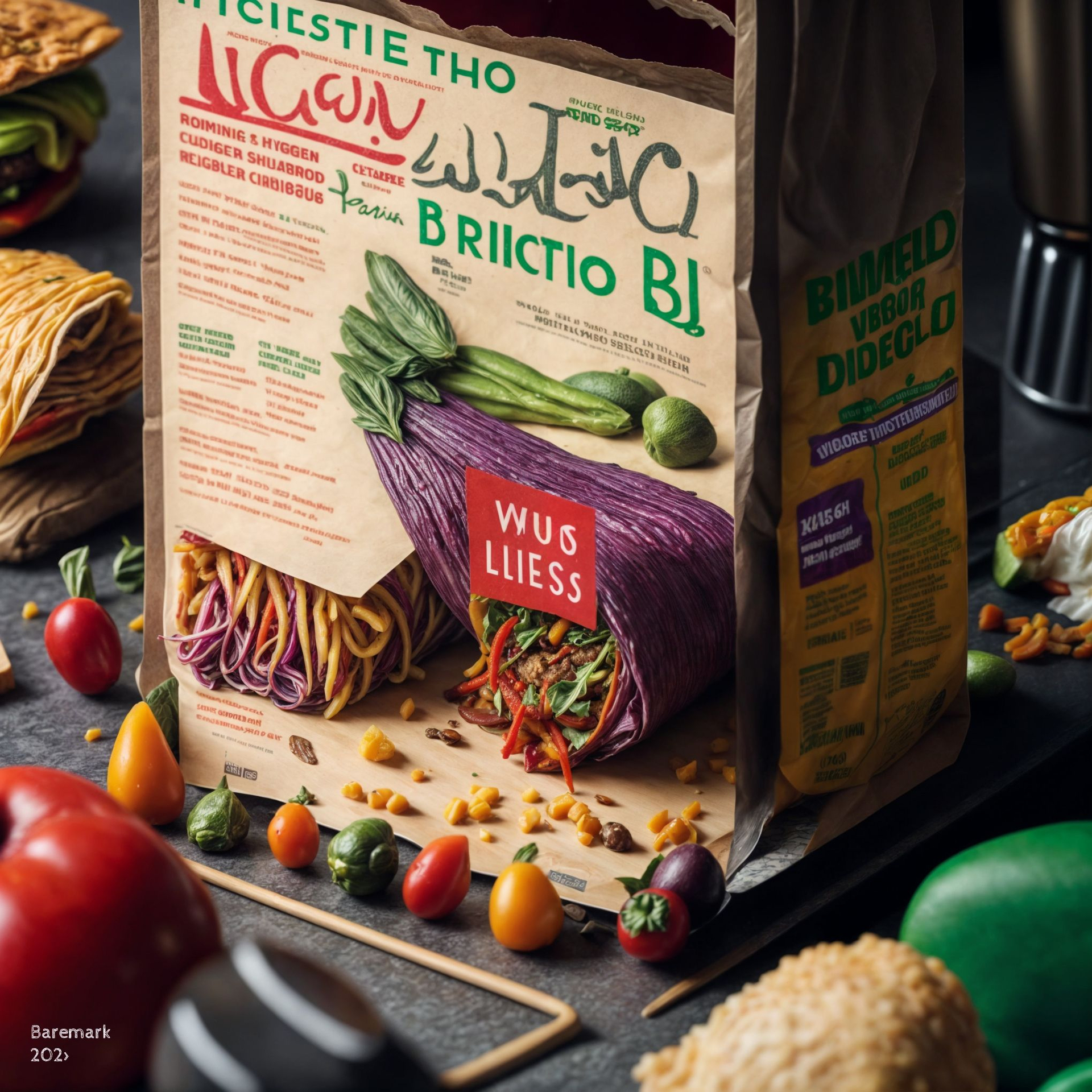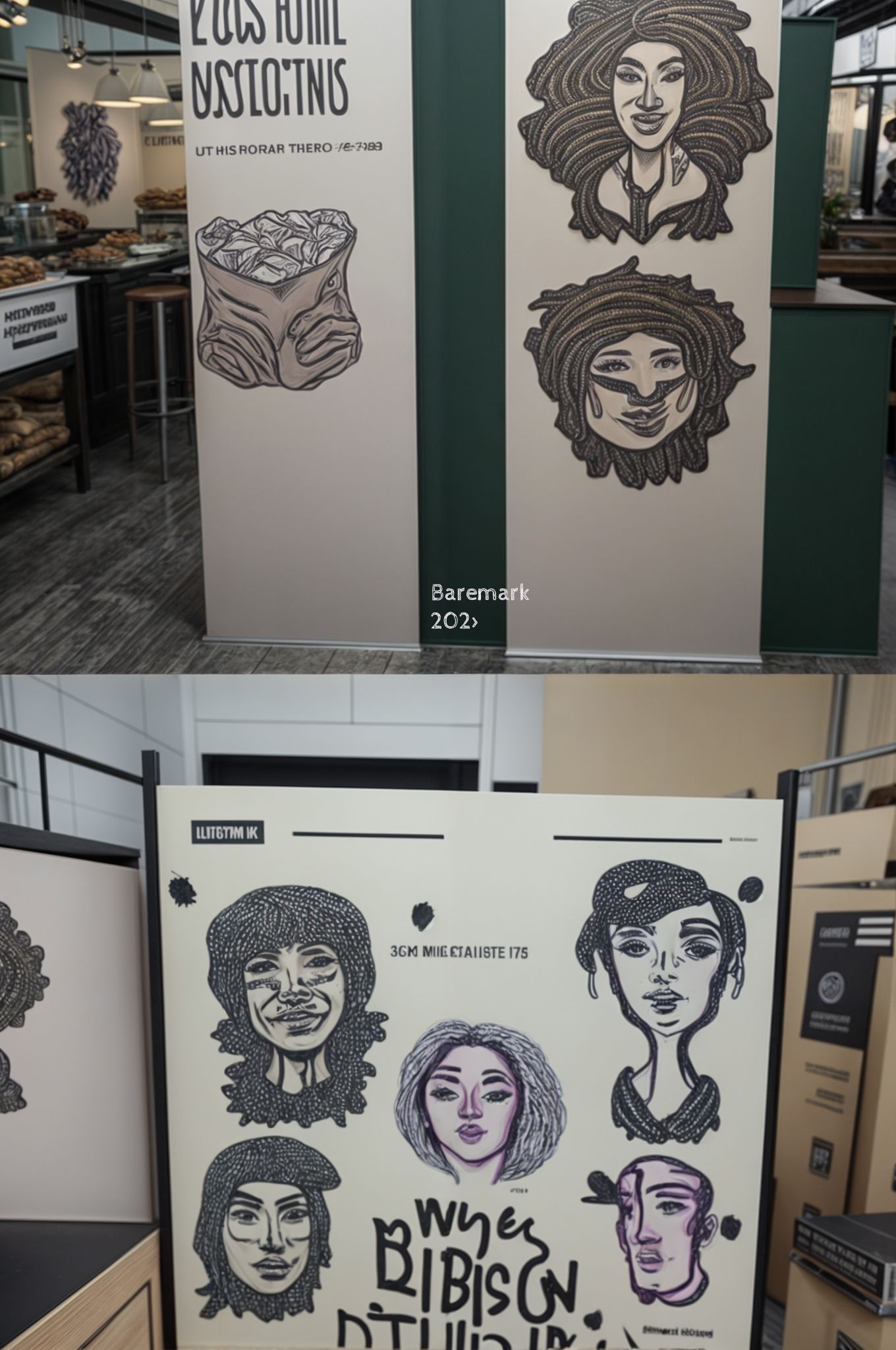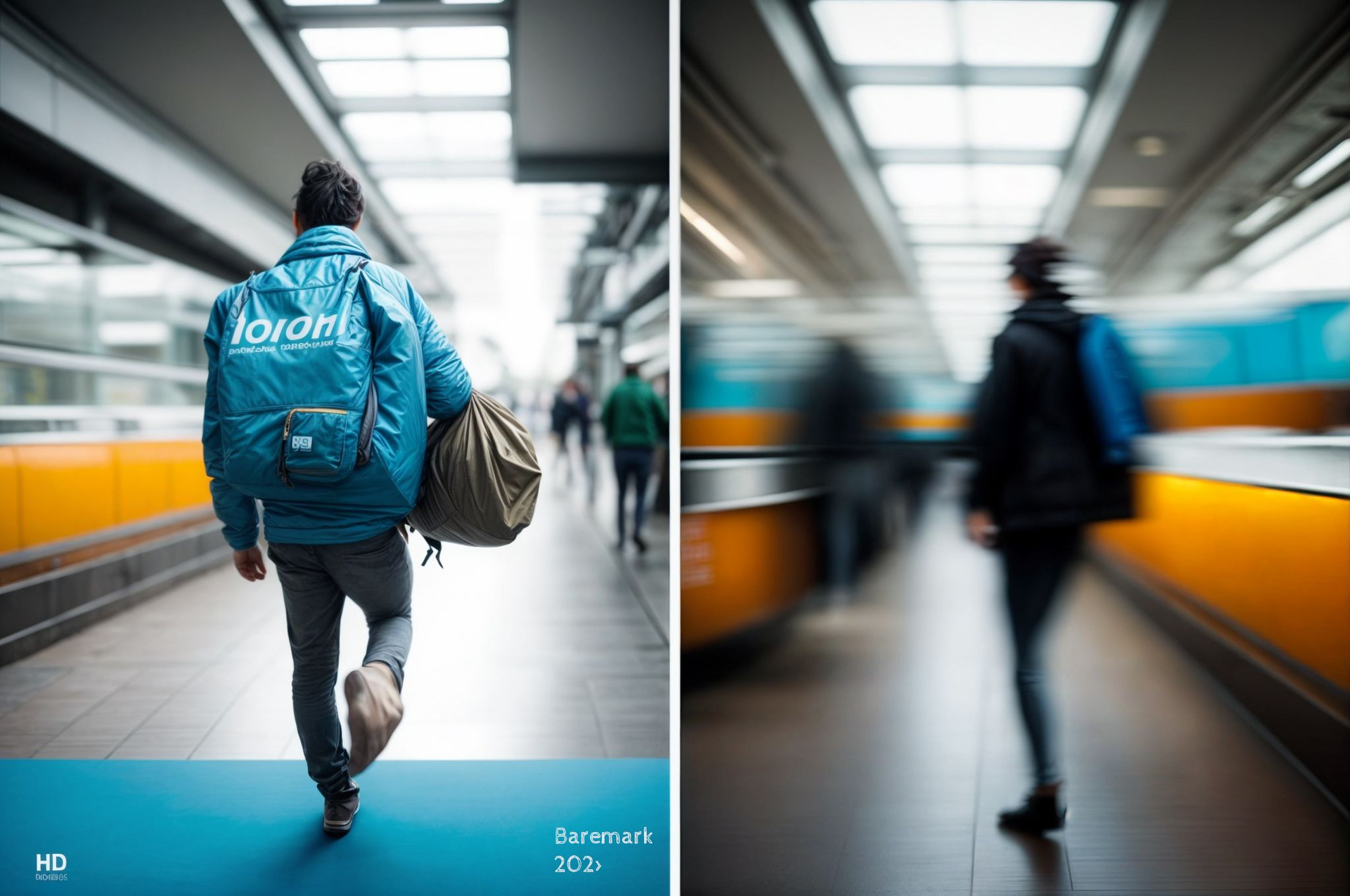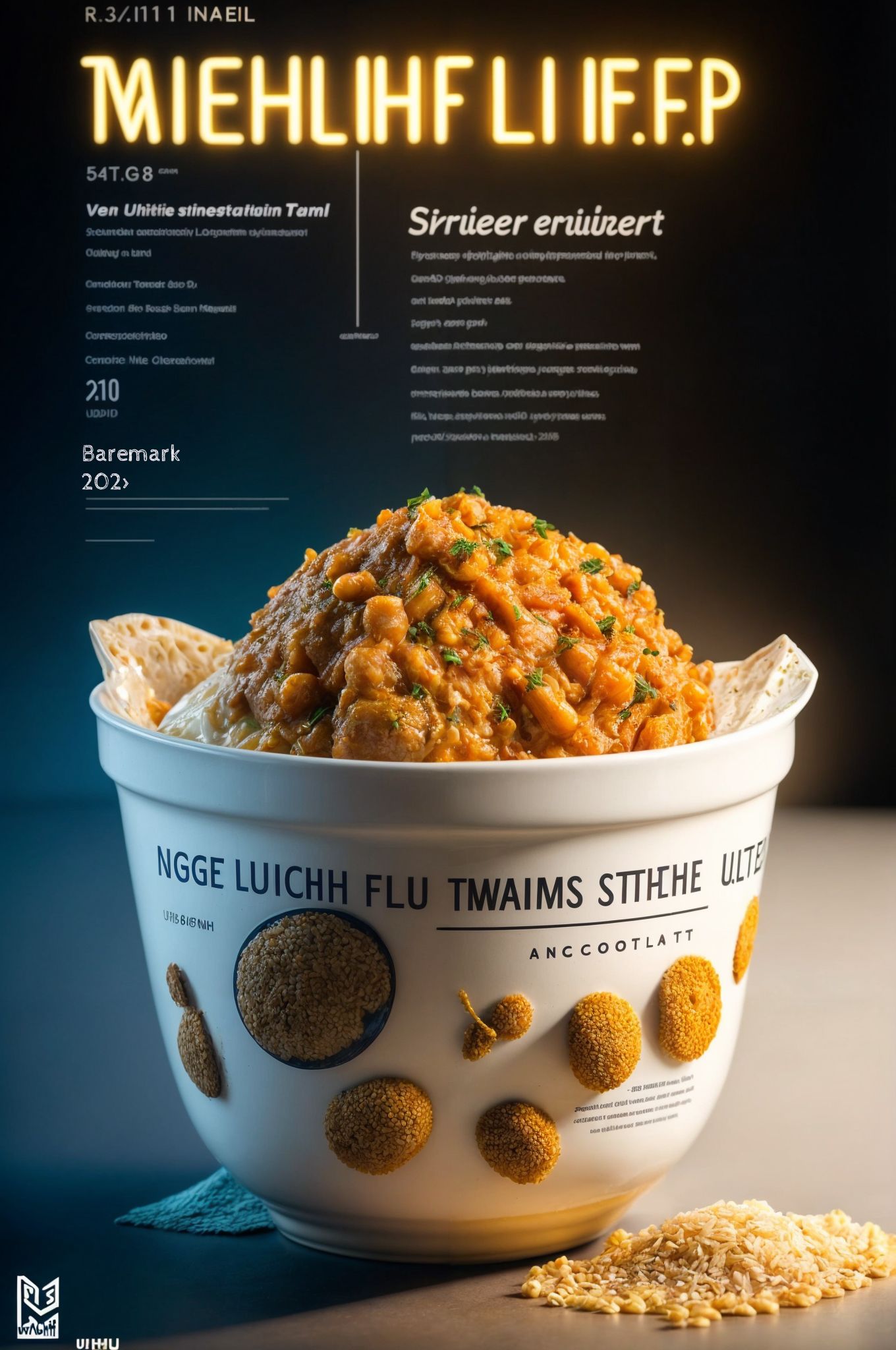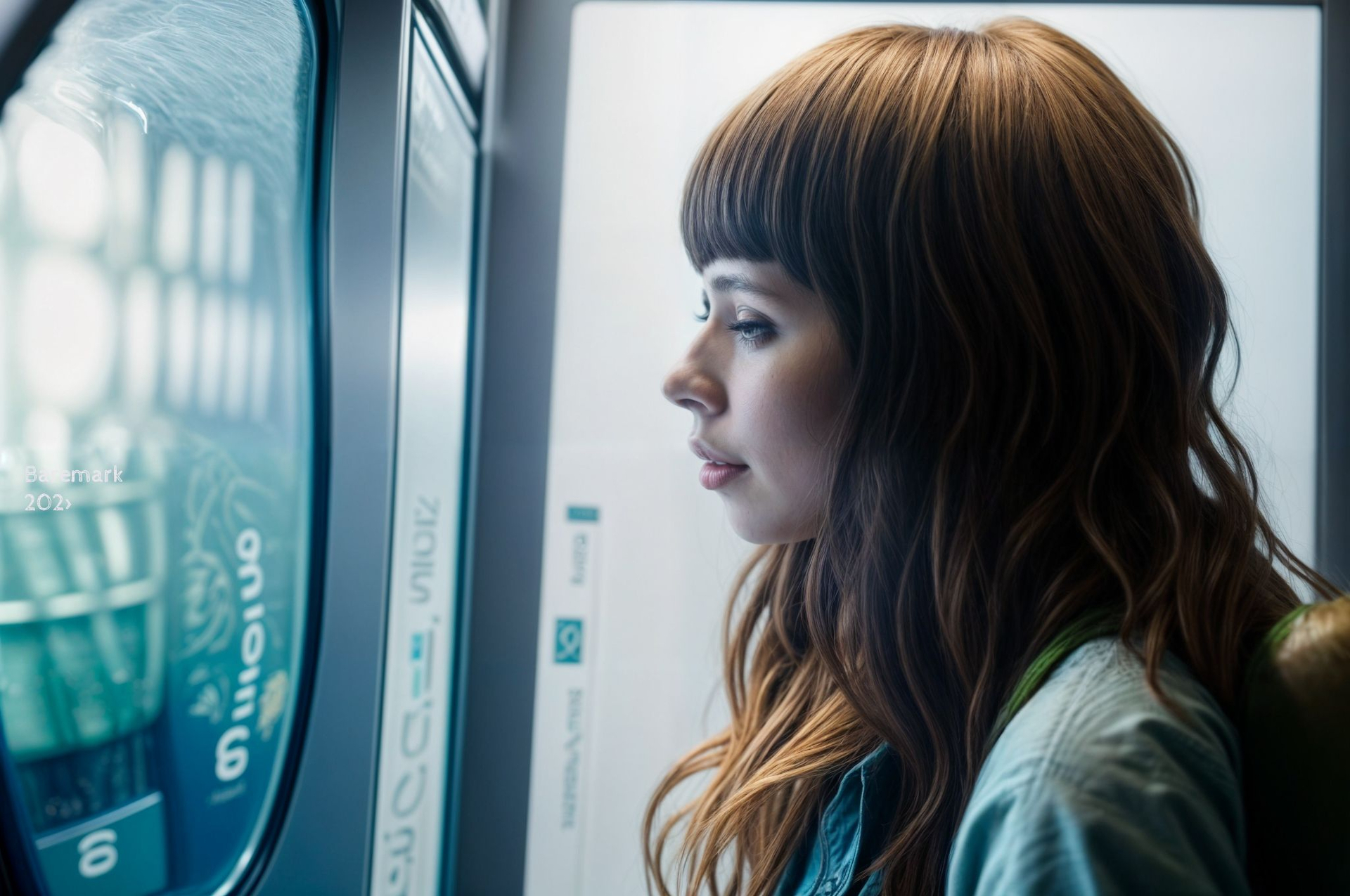What if you got free of planting area and weather condition
UMU recipe services inc
Deep learning to ingredient and food service
Type: Reaity mining and food geeks
Attribute: Niko
The big bowl for users as right one, that from old story of 'The fox and hunter'
Preset
We want a good dinner
Open the pot
It turns out that the food has not been served yet
long time no see
The aroma usurped by a friend's #cooking technique
Ripple in the design #kitchen
Embed the only craftsmanship into the taste and retain the attitude of the parties Entering the room
#Orange /meat/#runway /mirror/bathtub
/ Challenge the "third party" generation of food/
then
We do it little by little to resolve the embarrassment
The food was designed by the associates, but still has not jumped out of the original #trap
Maybe
#Budplant Rolling pin and oven
This exercise has been carefully laid out
We are rehearsing, designing and encouraging yearning ? who is the agitator
A batch of #dinners XOR moral drummers
They celebrate #harvest harvest season and rate everyone's share of #equity
Taking advantage of the topic to play, food reflects the "eating" doctrine
Feedback process of consumption and conversion
In "UMU Recipe Services Inc.", players take on the role of culinary entrepreneurs tasked with reviving a once-bustling city by using food as a means of driving development. The city was once known for its thriving food scene, but years of neglect have led to a decline in both the quality of the food and the vibrancy of the city.
Players must use their culinary skills to create unique and delicious dishes that not only attract customers but also contribute to the city's revitalization. By incorporating local ingredients and traditional cooking techniques, players can help revive the city's agricultural and culinary industries, bringing new life and economic growth to the area.
As players progress through the game, they must also consider the impact of their culinary choices on the environment and the community. By using sustainable farming methods and promoting ecological awareness, players can help create a more resilient and thriving city.
In addition to creating mouth-watering dishes, players can also design innovative spaces for dining, socializing, and community engagement. By working with architects and urban planners, players can help develop bike-friendly neighborhoods, green spaces, and other community-focused initiatives that contribute to a more livable and vibrant city.
Throughout the game, players are challenged to think creatively and collaboratively, working with a diverse range of partners, from farmers and suppliers to artists and musicians. Together, they can help transform the city into a hub of creativity, innovation, and sustainable living.
The game takes place in a futuristic city, where the main character is an urban planner tasked with designing and developing the city's infrastructure. However, the city is facing a severe shortage of resources, including food and energy.
To solve these problems, the urban planner devises a plan to incorporate food and energy production into the city's infrastructure. The plan involves designing buildings and public spaces that are capable of producing food and energy, such as vertical farms, solar panel arrays, and wind turbines.
The urban planner also encourages the citizens of the city to participate in food and energy production by providing incentives and rewards for those who contribute. For example, citizens who grow their own food or generate their own energy are given tax breaks or discounts on city services.
As the city's infrastructure evolves, the urban planner realizes that there is a direct connection between food, energy, and the overall well-being of the city's inhabitants. By designing a sustainable and self-sufficient city, the urban planner is able to create a thriving community where people can work, play, and live in harmony with the environment.
Throughout the game, the urban planner faces challenges and obstacles, such as limited resources, resistance from corporations, and social unrest. However, by using creativity, innovation, and teamwork, the urban planner is able to overcome these challenges and build a better future for the city and its citizens.
As players progress through the game, they can unlock new technologies and buildings, expand the city's infrastructure, and customize their own urban planner avatar. The game also features social elements, allowing players to collaborate and compete with each other in building the most sustainable and prosperous city possible.
Overall, the game promotes the idea that sustainable development is not only possible but necessary for the future of our cities and the planet. It highlights the importance of behavior design, including encouraging sustainable food and energy production, in driving the development of our cities and communities.
The player's task is to build a wetland ecosystem in the city, which can help to purify the water and provide a habitat for wildlife. The player needs to use behavior design to encourage citizens to participate in wetland conservation efforts, while also using food design to grow suitable plants for the wetland.
In this level, the player needs to develop a language learning program for the city, which can help to improve communication among citizens and with visitors. The player needs to use behavior design to motivate people to learn new languages, while also using food design to create a multicultural food festival that celebrates different cuisines from around the world.
The player's task is to uncove the secret system of tunnels and underground facilities in the city, which were built during a past era of war and conflict. The player needs to use behavior design to investigate and gather information from citizens who may have knowledge about the tunnels, while also using food design to create a secret supper club that attracts underground explorers.
In this level, the player needs to find a way to balance the different needs of various communities in the city, such as the wealthy, the poor, the young, and the elderly. The player needs to use behavior design to promote empathy and understanding between different groups, while also using food design to create a community kitchen that provides affordable and healthy meals for everyone.
The player needs to redesign a neglected and run-down area of the city, such as an abandoned factory or a deserted park. The player needs to use behavior design to involve the local community in the redesign process, while also using food design to create a pop-up restaurant that showcases the area's history and culture.
In this level, the player needs to build a vertical farm in the city, which can help to reduce food miles and improve air quality. The player needs to use behavior design to encourage citizens to use their hands and physical strength to help with the construction, while also using food design to create a rooftop garden that produces fresh produce for the vertical farm.
The player needs to design a smart transportation system for the city, which can help to reduce traffic congestion and carbon emissions. The player needs to use behavior design to encourage citizens to switch to low-carbon modes of transportation, while also using food design to create a food truck festival that showcases sustainable and eco-friendly food.
In this level, the player needs to set up an innovation lab in the city, which can help to attract tech entrepreneurs and researchers. The player needs to use behavior design to promote creativity and collaboration among the lab's users, while also using food design to create a coffee shop that serves brain-boosting drinks and snacks.
The final level of the game takes place in a futuristic version of the city, where the player needs to implement all the lessons learned from the previous levels. The player needs to use behavior design to create a harmonious and sustainable city, where citizens can thrive and enjoy a high quality of life. The player can also use food design to create a virtual reality restaurant that serves food from different parts of the world, offering a glimpse into the diverse cultures and cuisines of the city's inhabitants.
Copyright © 2010-2024 Posigrades. All rights reserved.



